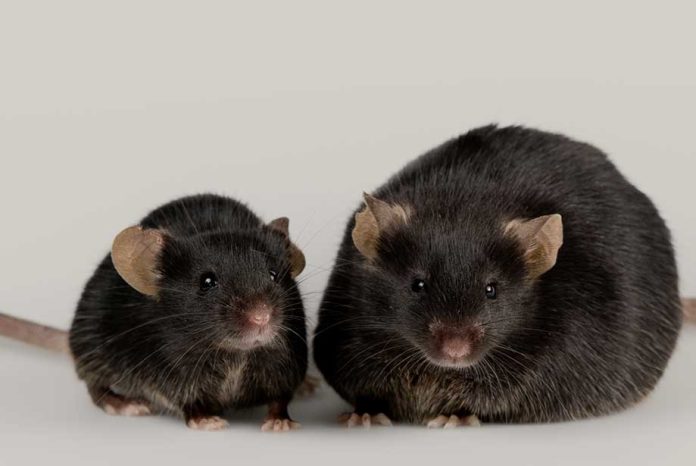The major problems for diabetics that use insulin to manage their diabetes are when to take the insulin and how much to take. Biochemists from the University of Utah and Massachusetts Institute of Technology have solved the problem by developing the first self-regulating insulin. The development was reported in the edition of the journal Proceedings of the National Academy of Sciences.
The natural insulin derivative the researchers developed is called Ins-PBA-F. The drug is injected about twice daily. The difference is that the drug is programmed to react to the variations in circulating blood glucose that could damage the health of people that have type 1 diabetes. The drug levels out the highs and lows that most diabetics experience in their glucose levels due to their disease or to eating even if they eat the properly prescribed diet. People that have diabetes have been documented to either use too little or too much insulin based on their blood glucose level.
The drug lasts for about 14 hours in mice that have diabetes. The drug is a chemical derivative of normal insulin. Phenylboronic acid was added to one end of the insulin molecule. If blood glucose levels get too high, the phenylboronic acid binds to the glucose and the insulin is released. If normal insulin levels persist, the molecule remains in the blood stream.
The discovery worked almost perfectly in mice. The approach is much more simplistic than manual checking of glucose levels and self-administration of insulin. The methodology shows substantially better levels of control of blood glucose over a long period of time than insulin pumps. The technology has been patented and may be available in five years.















